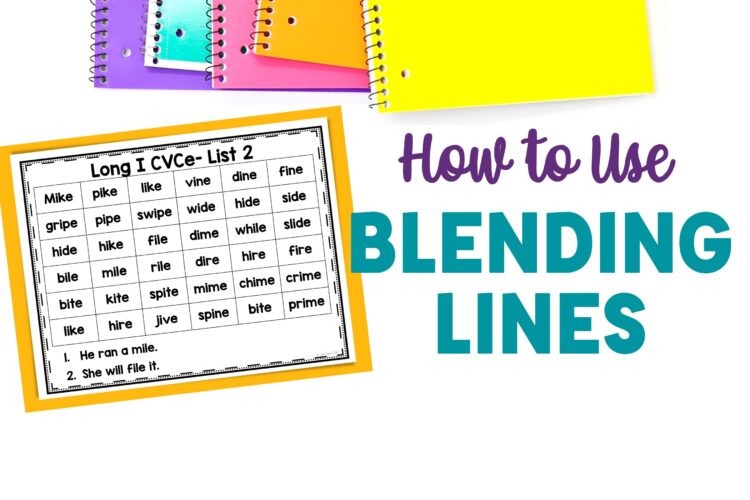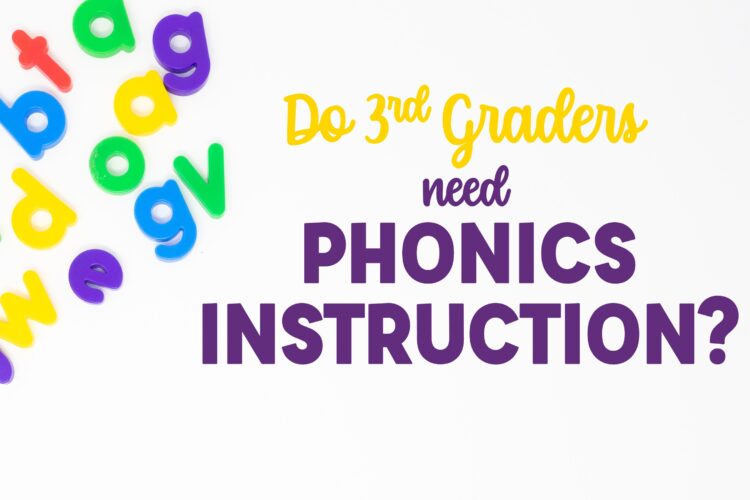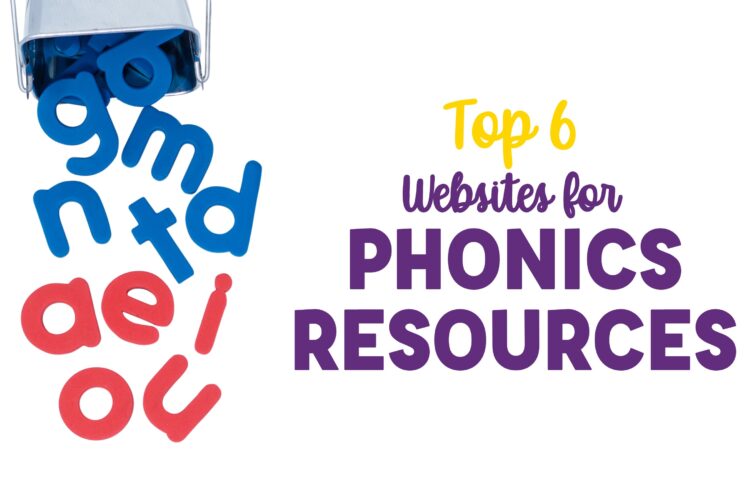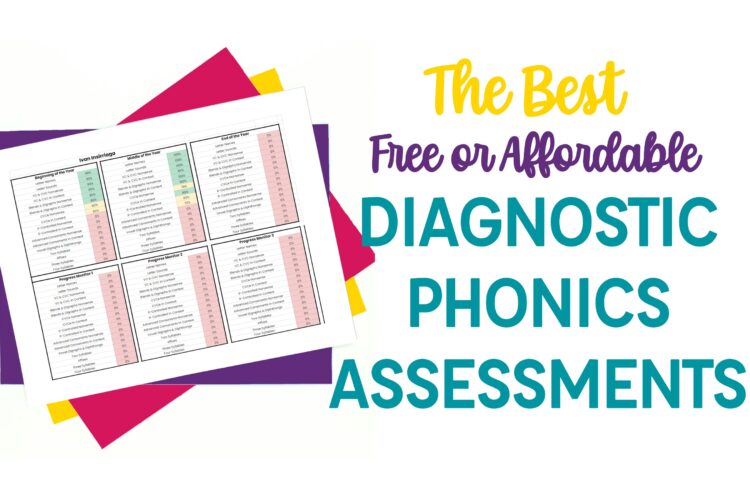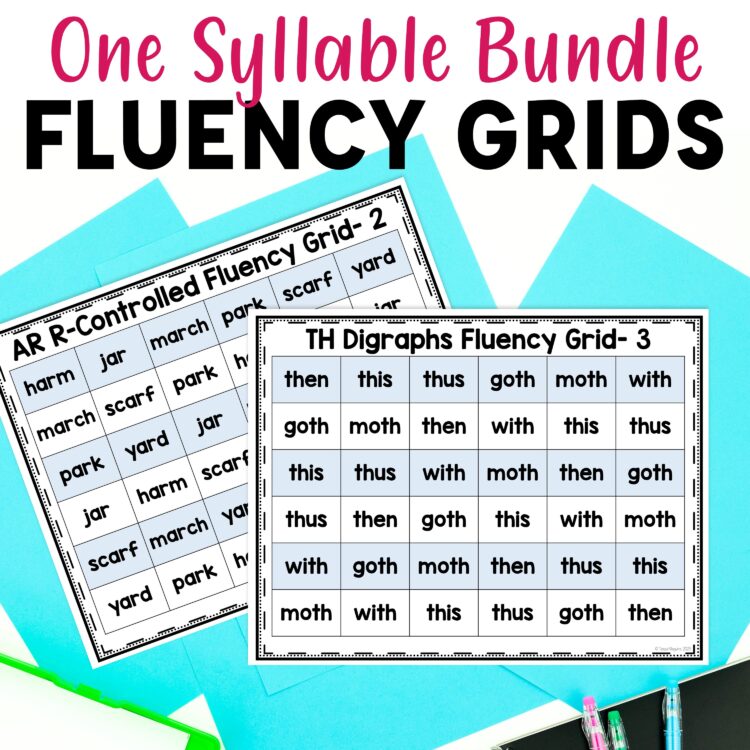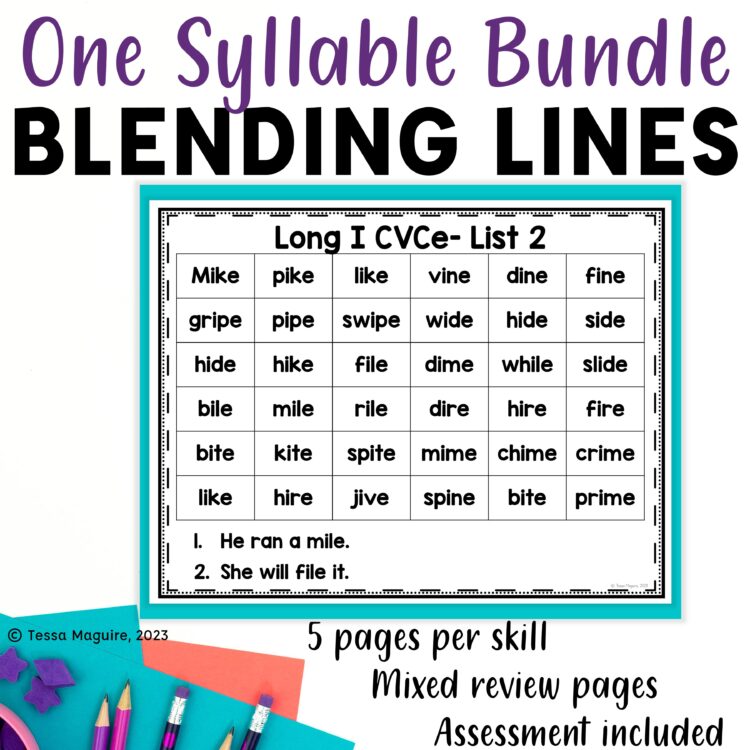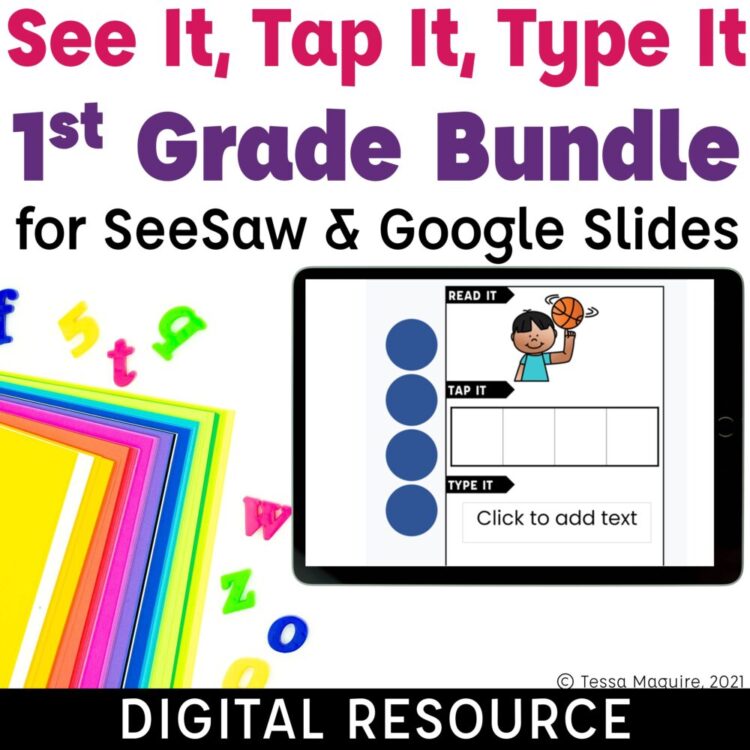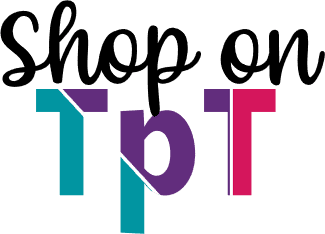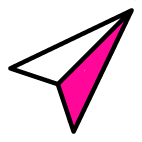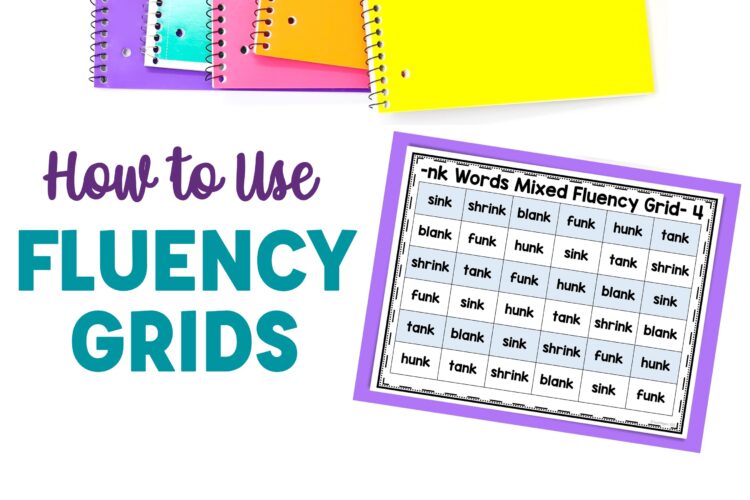
How to Use Fluency Grids to Build Automaticity with Phonics Skills
Fluency grids are a great phonics practice tool alongside your existing phonics program. They are quick, targeted and can be implemented in virtually any setting. This post walks through what they are, how to use them, and why they’re a valuable. Whether you’re a classroom teacher, or interventionist, fluency grids are a great addition to your phonics work. What are fluency grids? Fluency grids are just what they sound like: grids of words that build









